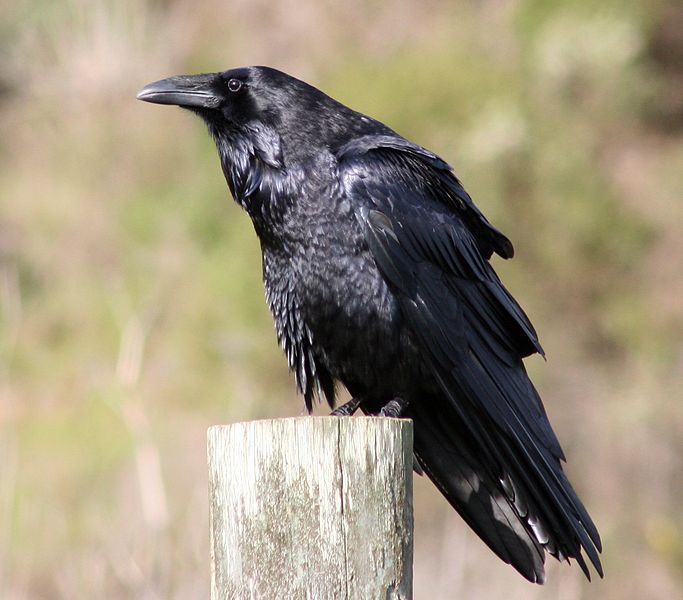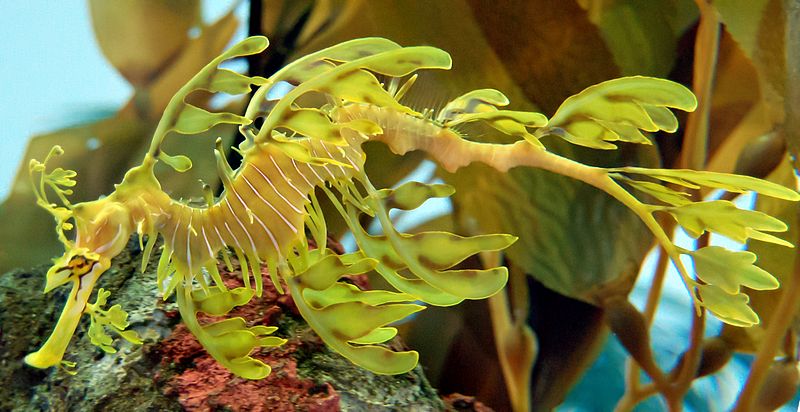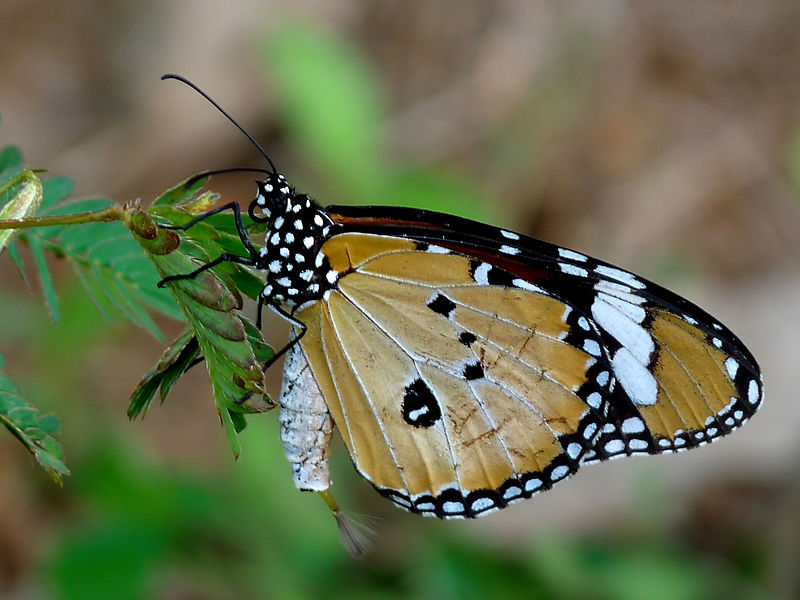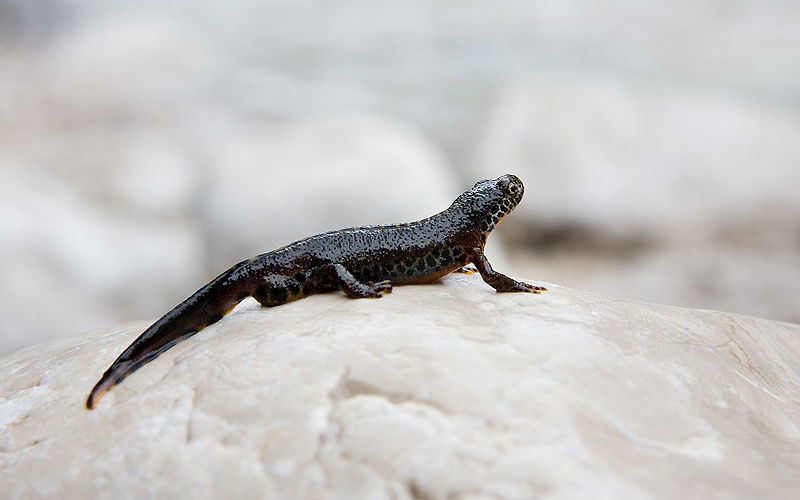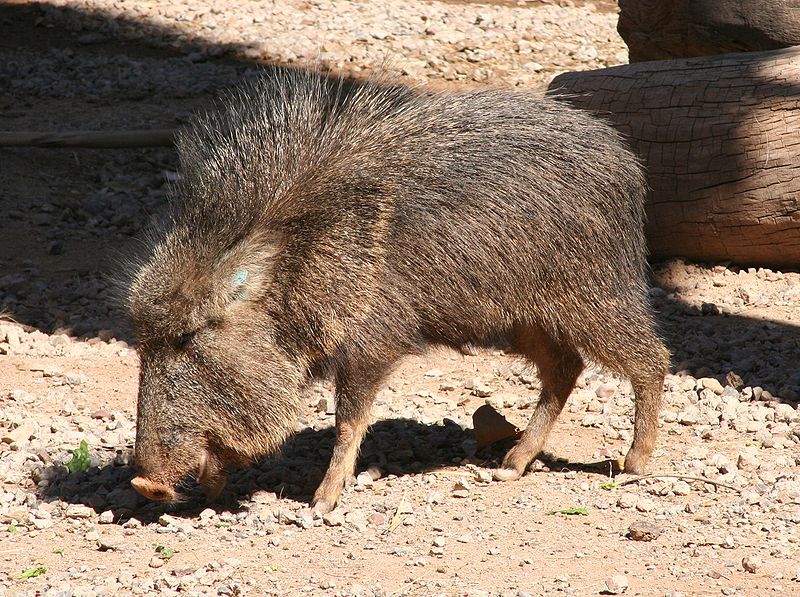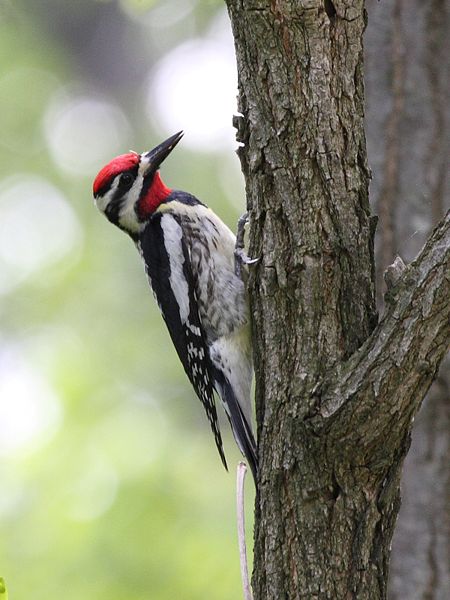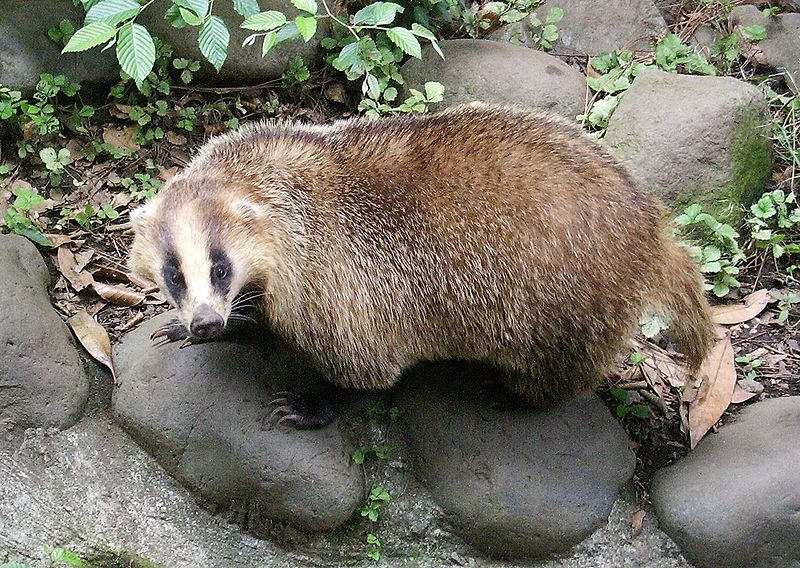
We are going to start our week by taking a little trip to Japan. Here we will have the opportunity to witness the amazing Japanese Badger, which is endemic to certain areas of Japan. Like other Badgers, this particular species is a member of the weasel family and has a diverse diet that includes worms, beetles and of course tasty fruit. The scientific name of the Japanese Badger is Meles anakuma, with the latter part of this name meaning “hole bear”, which naturally stems from their love of burrowing….oh and because they sort of resemble a little bear, I guess.
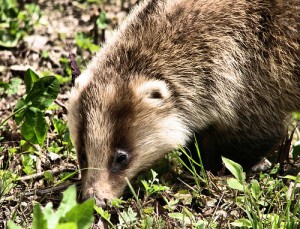
Different Than the European Badger
The Japanese Badger is a little smaller than their European cousins with an average length of 79 cm (31″) and a weight of approximately 8 kg (18 lbs). The Japanese version of the badger also has greyish-brown fur, white ears and two black stripes on their face, however, these stripes are less distinct than their European counterparts. The parenting habits of the Japanese Badger also differ from the European Badger as this particular species does not form a male-female bond once the mating season is over. This means that the female gets absolutely no help raising the children from their partner. Instead the males just wander off and continue doing their own thing. It doesn’t seem very responsible but I guess this method works for our Japanese Badger friend.
Decreasing Population
Although the conservation status for this badger is at Least Concern, which is a good thing, their population has been steadily decreasing as a result of human development and agriculture practices. As well, the introduction of the invasive carnivore raccoon (yep, you read that right!) is also causing some major problems for the badger. In one study it was noted that a female Japanese Badger was unable to use her breeding location as a result of this raccoon frequenting her home range. Basically, these raccoon’s are bullying the badgers out of their natural territory. Hopefully, this trend doesn’t continue as it could mean a collapse of the Japanese Badger population.
Japanese Badger Fast Fact
The female badger utilizes delayed implantation to ensure her cubs have enough resources to survive. How does this work? Well, the mother will give birth to 2 or 3 cubs in the spring before mating immediately afterwards. She will then delay the implantation of this fertilized egg until the following February when she will give birth to another 2 0r 3 cubs. This method ensures that the cubs have a full foraging season before they hibernate during the winter months. Oh yeah, the Japanese Badger hibernates during the winter months…smart little creatures, aren’t they?

